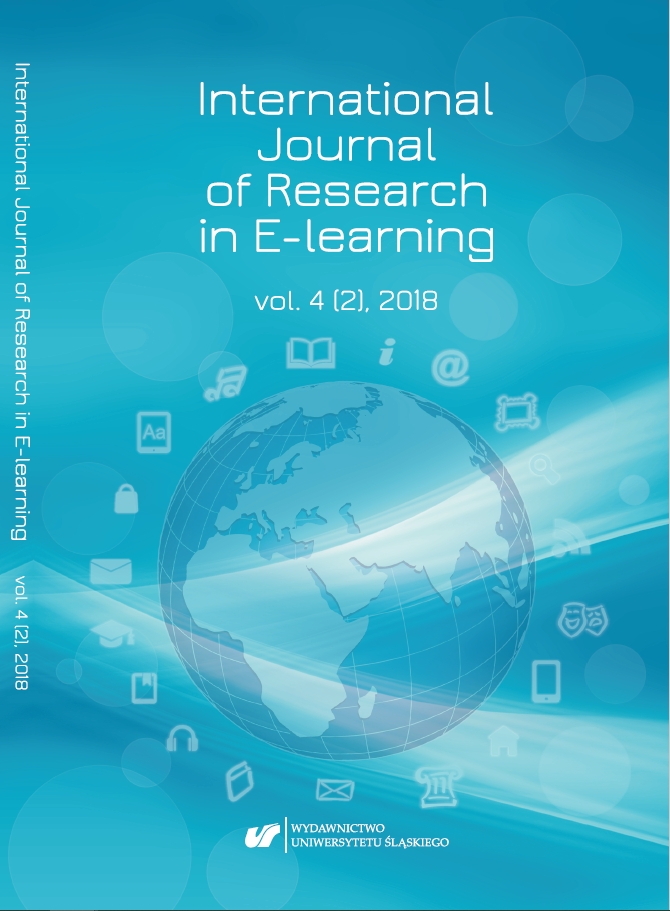

The integration of distance learning and Information Communication tech-nology has brought a lot of convenience for the students who were earlier facing problems in education due to time and geographical limitations. Since the concept of e-learning is comparatively new and different, the discourse on teaching methodologies and the student–teacher relationship in an e-learning environment has brought many new dimensions under discussion. In a virtual system, the communication bonding between a student and a teacher is not so strong. Students are dependent on one-way communication in the form of recorded lectures, published announcements, and information given on a website. Bridging the communication gap between a student and a teacher through MDB (Moderate Discussion Board) is an effective step taken by the Virtual University of Pakistan in online education to address students. The presented research was aimed at investigating the effectiveness of MDB as an interaction platform between students and course instructors at the Virtual University of Pakistan. The effectiveness of MDBs was measured through analysing the number of MDBs posted in a certain course and the nature of questions asked in MDBs by students. It was a quantitative study in which two Mass Communication subjects were selected through purposive sampling. The collected data were analysed in percentages, and a statistical test Correlation was applied to find out if there was some relation between the strength of students and questions asked through MDB. The study found that although the number of MDBs is quite lower than that of enrolled students, it is an effective platform of communication between students and a teacher, as students can ask questions related to subject, exams, semester activities, and general concerns.
Download files
Citation rules

Vol. 4 No. 2 (2018)
Published: 2018-06-03